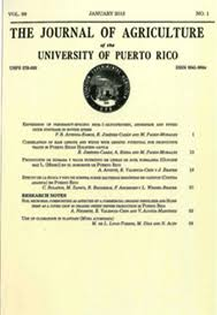Abstract
Biochar, the pyrolysis product of carbon-rich biomass, renders climate benefits because it helps to sequester carbon in soil. Biochar also improves soil health because it increases the nutrient retention capacity in topsoil, improving aggregate stability and water holding capacity. These benefits contribute to agricultural production because biochar provides a good substrate for nourishing root growth and plant health, thereby contributing to the nation’s food security. Biochar’s contribution depends on the quantity and type of oxygen-containing functional groups. These functional groups are determinants in biochar interactions with nutrients and redox reactions. This study aims to develop a simple and economical method to improve biochar’s agronomic traits through ozonolysis. We evaluated ozonolysis reaction time to oxidize a washed and unwashed coffee shrub biochar (WCSB and CSB, respectively). After the exposure of WCSB and CSB to ozone at different intervals, data from both collected by the FTIR-ATR spectra showed that the bands increased in intensity from 3331 to 3441 cm-1 (O-H band) and 1585 cm-1 (carbonyl functional group band). Besides, we observed a decrease in pH and an increase in specific conductance and soluble organic carbon content with the elapsing time of ozonolysis, demonstrating the effectiveness of ozonolysis in the oxidation of the biochar surface. The increase in the E4/E6 ratio suggests that the saturated products from the ozonolysis process increase with time due to the breakdown of the labile organic carbon and the formation of the functional groups of soluble acidic oxygen bonds through the breakdown of the double bonds of carbon. Furthermore, the results indicated that it is unnecessary to wash the biochar before subjecting it to the ozonolysis process.

